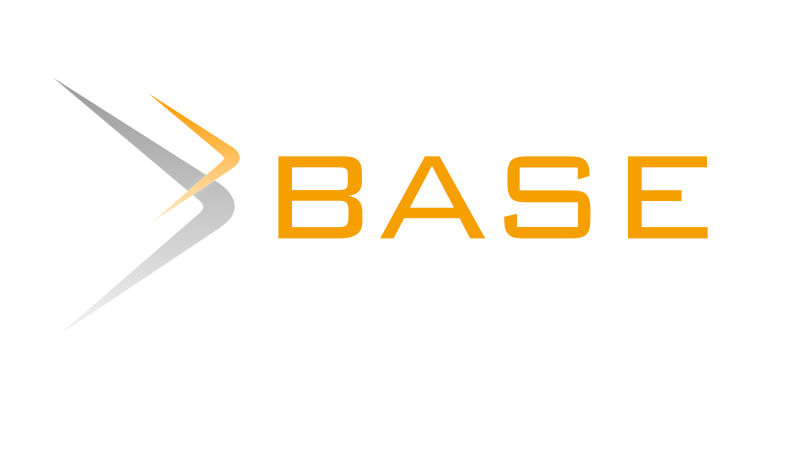International Journal of Contemporary Research In Multidisciplinary, 2025;4(4):154-158
Mythology as a Source of Natural Justice
Author Name: Neha S Upadhyay;
Paper Type: review paper
Article Information
Abstract:
In this paper, the author investigates literary research on mythology and natural justice as a basis for the international culture of ethical and legal reasoning. Using the examples from Ramayana and Mahabharata along with global myths, the study established that mythology has always played a guide by presenting & perpetuating principles of fairness, impartiality, and duty-the cardinal virtues in natural justice. Namely, the intent here is not to treat myths as mere fables of the society, but as texts that are still relevant and at some level determinative of legal philosophies that govern the society, be it modern India or elsewhere. Thus, the research identifies themes in law from a theoretical analysis lens with mythological flat if kontekste Analysing legal themes in mythological framework of modern jurisprudence. The research concludes that though mythology cannot replace the written legal systems, the values of these myths can be beneficial since they contain the wisdom of centuries concerning justice, ethics, and people. This work should be utilized to articulate a more precise cultivation of mythological ethics into the current legal education system and law reform to achieve the idea of Viksit Bharat 2.0.
Keywords:
Mythology, Natural Justice, Dharma, Indian Epics, Legal Philosophy, Jurisprudence, Viksit Bharat
How to Cite this Article:
Neha S Upadhyay. Mythology as a Source of Natural Justice. International Journal of Contemporary Research in Multidisciplinary. 2025: 4(4):154-158
Download PDF


